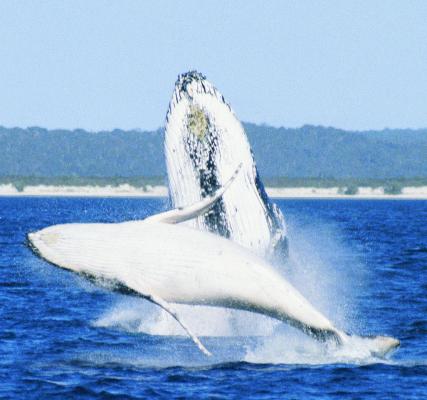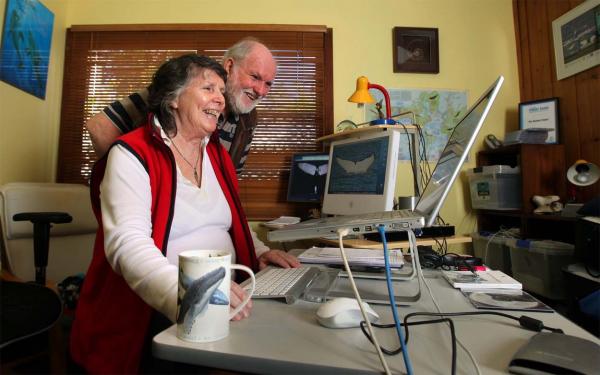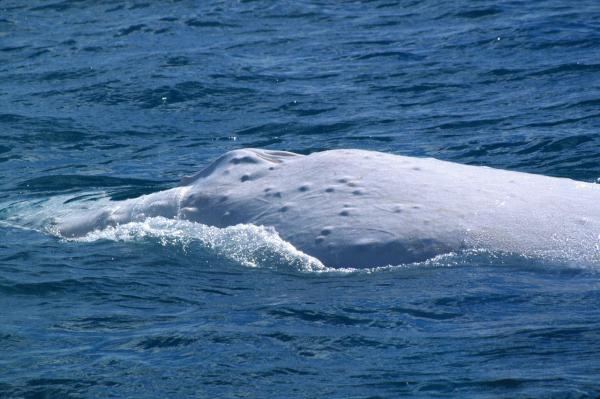It is more than likely the whales migrating past our beaches through July will be pregnant humpback females making their way to Hervey Bay.
After more than 20 years of research following the whale migration doctors Trish and Wally Franklin have discovered the annual migration is a “structured procession” dominated by mature females.
“The mature females change their position in the migration subject to their reproductive status,” Dr Wally Franklin said.
Females that are pregnant spend twice as long in the Antarctic feeding up.
They are the last group to leave the Antarctic and while there are some births along the journey most whales are born in the warmer waters of the southern Barrier Reef.
So important to the whales is the annual migration even babies born on the journey continue on to experience the migration.
The Franklin’s research found there were times in Hervey Bay when males made themselves scarce, leaving young whales some time with the females.
During August and September mature females hang out in Hervey Bay with young male and female whales aged about one to five years.
“It gives the youngsters a chance to meet and play,” Dr Franklin said.
From September to October mothers with calves, accompanied by a few male escorts, dominate the bay.
These whales stop in Hervey Bay until the calves are more robust and after about a month take them south on their first migration trip.
There are few adult male whales in Hervey Bay in August and only a few male escorts that accompany mothers and calves in September and October.
However the males accompanying the procession like to be centre stage and tend to occupy the middle of the procession book-ended by females.
The research by the Franklins has found the whales journey north includes some time of nurturing between mature females and the young.
The Franklins have spent decades identifying and following individual whales during their annual migrations.
Through their Oceania Project the couple have conducted long term studies of humpback whales, having identified hundreds of individuals by their markings.
The more they learn the more questions arise, Dr Franklin said.









